Google’s SERPs have evolved far beyond ten blue links. One of the lesser-discussed yet increasingly significant features is the “People Also Search For” (PASF) box. This module appears when a user clicks on a result and quickly returns to the results page.
It’s a signal that their initial query may not have been satisfied. The box then displays related searches, offering refined or adjacent topics that align with the user’s original intent.
For businesses focused on SEO visibility, appearing in PASF presents an opportunity to occupy more digital real estate without needing to rank first.
Unlike traditional snippets or “People Also Ask,” PASF is dynamically triggered, meaning it reveals high-interest terms filtered through user behavior.
This guide explores PASF’s inner workings, its impact on SEO strategy, and proven optimization techniques. If you’re aiming to improve your search presence beyond rank and volume, mastering PASF can be a powerful addition to your toolkit.
Table of Contents
What Is “People Also Search For” in Google Search?
The “People Also Search For” (PASF) feature is a contextual SERP element that surfaces when a user clicks on a search result and then returns to the search page.
It’s essentially a signal to Google that the user’s query might not have been fully resolved, prompting it to offer related search queries.
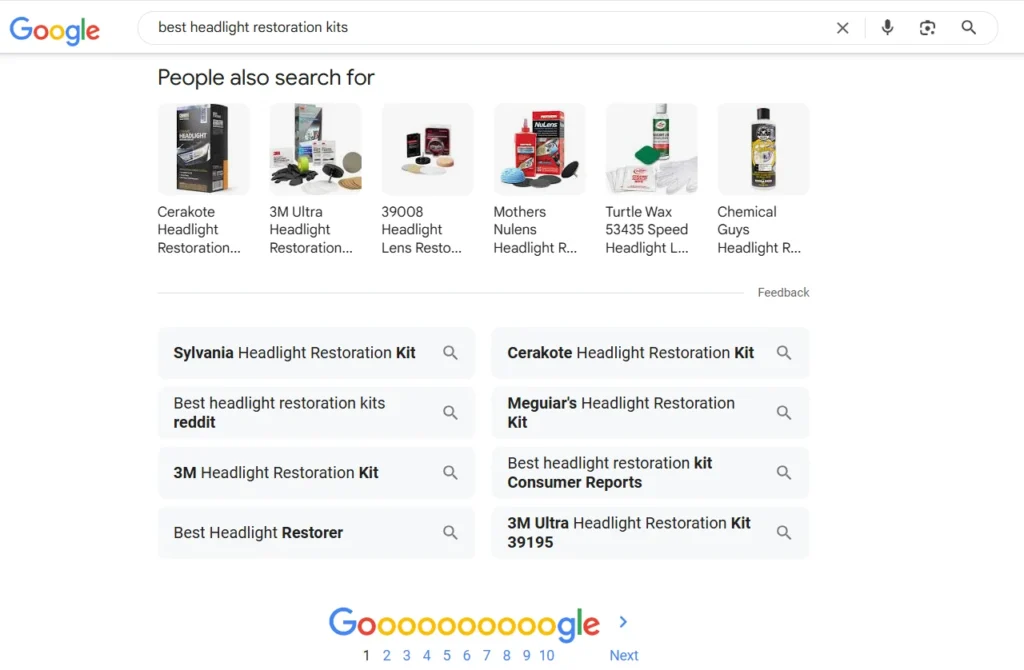
People Also Search For (PSAF)
Unlike static panels, PASF is dynamically generated based on real-time user behavior and query relationships. It typically appears beneath the link that was clicked and abandoned, offering three to six alternative search terms closely aligned with the original intent.
This feature differs from “People Also Ask” (PAA) in both structure and function. While PAA is designed to expand information hierarchically, PASF functions more as a recovery or refinement mechanism, helping users adjust their course after an unsatisfactory click.

People Also Ask (PAA)
For SEO professionals, this means PASF isn’t just reactive; it reflects ongoing semantic relationships in Google’s index, shaped by user behavior patterns and engagement signals.
Why Getting Featured in PASF Matters
Securing a spot in PASF aligns a brand or page with the real-time curiosity of users navigating a specific topic cluster. This relevance can yield measurable SEO benefits that go beyond keyword ranking.
First, appearing in PASF increases the odds of secondary clicks. When a user doesn’t find what they need and consults PASF, a presence there allows another opportunity to re-engage that traffic, especially for long-tail or adjacent topics.
Second, PASF listings often carry heightened topical authority. Google’s suggestion of these queries implies a semantic proximity, and if your page answers them effectively, it reinforces your position within that niche.
Third, the user behavior that triggers PASF (click and return) can often mean high bounce rates. However, for marketers who optimize for this dynamic, PASF becomes a mechanism to catch lost interest and redirect it toward well-targeted content.
Lastly, PASF represents real, data-informed insight into how users refine their intent, making it a vital feedback loop for iterative content development and optimization.
The 11 Proven Strategies to Get Featured in ‘People Also Search For’
Getting featured in the “People Also Search For” box isn’t about luck, but the outcome of strategic content design, precise keyword usage, and alignment with user behavior signals.
Unlike featured snippets or the PAA box, PASF reflects behavioral data that suggests a user’s informational need wasn’t fully met. It makes it more responsive to intent refinement rather than static ranking logic.
To influence PASF placements, content needs to be optimized for relevance and engineered for query context, semantic relationship, and post-click user behavior.
Below are 11 actionable, research-driven strategies to boost your chances of appearing in PASF and capturing secondary search visibility.
Strategy 1: Optimize for Semantic Search
Semantic search isn’t about exact keyword matches, but understanding user intent and content context. Google’s algorithms use Natural Language Processing (NLP) to determine how different topics, entities, and relationships interconnect.
Optimizing for semantic search involves structuring content around core themes rather than single phrases. Break down topics into sub-questions, offer clear answers, and ensure internal links follow thematic clusters.
Schema markup for entities, authors, and content type further strengthens semantic signals.
For PASF, semantic relevance helps your page stay associated with related terms when a user revisits the SERP, increasing the chance of surfacing under new but contextually close search queries.
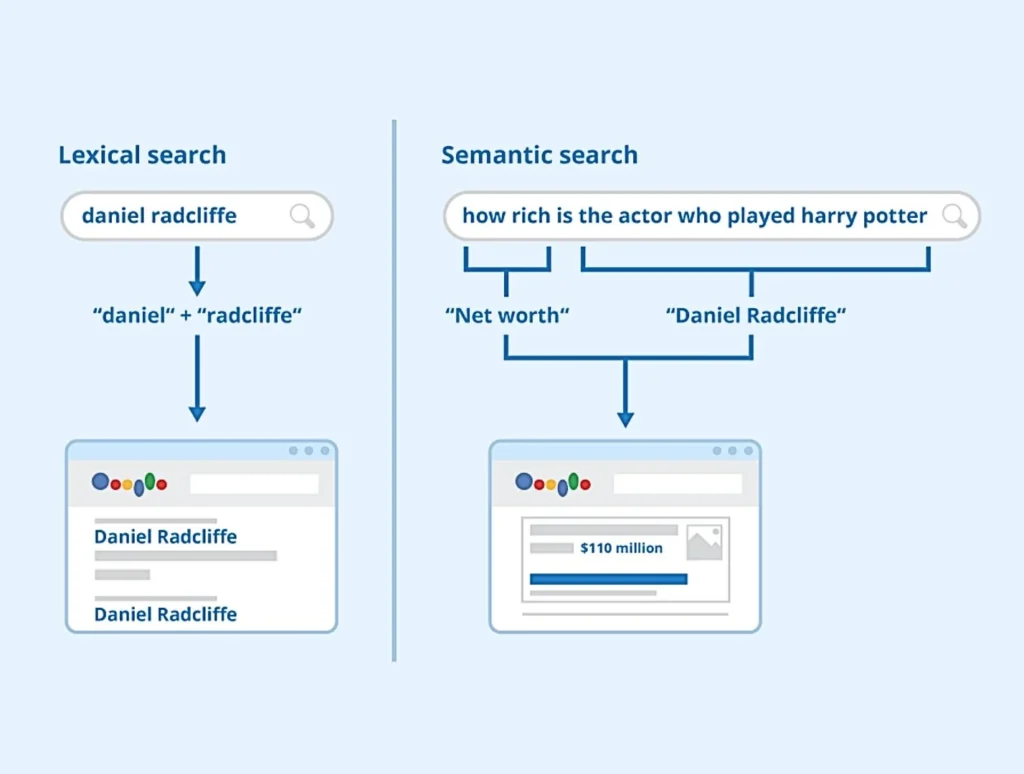
Strategy 2: Target Related Keywords and Variants
Google often populates PASF with terms that users frequently search in sequence. That’s why ranking for related keywords (not just your main one) is critical. It includes plural/singular variations, question-based formats, and synonyms.
Perform keyword gap and topic clustering analysis to identify secondary terms users explore after your main topic. Use tools like Ahrefs, SEMrush, or Google Search Console to spot these patterns.
Integrate these related terms contextually, not forcefully. For instance, if your main keyword is “CRM software,” naturally include sections for “best CRM tools,” “CRM comparison,” and “CRM for small businesses.”
The broader the relevance, the more likely your content will stay in Google’s suggestion flow.
Strategy 3: Use LSI and NLP Keywords Strategically
Latent Semantic Indexing (LSI) and NLP-based keywords enrich content depth. They act as secondary context markers that help Google decipher meaning more clearly, especially for ambiguous or polysemous terms.
Use tools like Clearscope, Surfer SEO, or Google’s own NLP API to extract semantically connected terms. Incorporate these terms in subheadings, meta descriptions, and image alt texts to reinforce topical alignment.
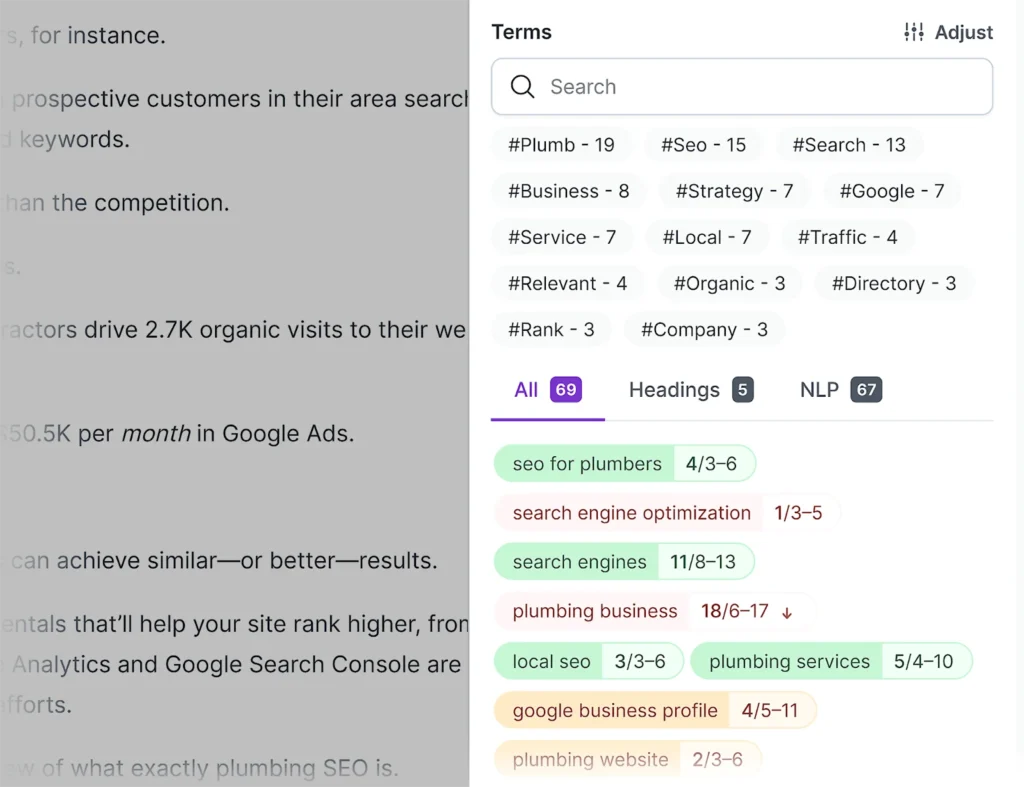
NLP and LSI Terms on Surfer SEO
This is particularly effective for PASF because it ties your page to a broader semantic network. If a user clicks back to Google and searches a slightly altered term, Google is more likely to show your content again, now in a PASF suggestion.
Strategy 4: Create Comprehensive, Topically-Rich Content
Thin or narrowly-focused content is less likely to be associated with multiple related queries. Comprehensive content that addresses the full breadth of a topic gives Google more signals to index your page across a semantic range.
Go beyond basic definitions. Add use cases, comparisons, statistics, pros and cons, FAQs, and related subtopics within the same page. Use structured formatting like heading tags, schema markup, and internal linking to define content boundaries clearly.
Topically rich pages stay relevant when users refine their searches. When a user searches, clicks your result, and then returns to search for something adjacent, your content may now serve as a logical follow-up, thus making it into PASF.
Strategy 5: Improve On-Page SEO Structure (H-tags, schema)
A well-structured on-page hierarchy signals topical clarity to search engines. Proper use of H1, H2, and H3 tags helps define the scope and flow of content. Each subsection should introduce a distinct but related aspect of the primary topic.
Additionally, structured data (such as Article, FAQ, and Breadcrumb schema) enhances content discoverability by offering machine-readable context. Schema also contributes to relevance scoring and may increase your eligibility for enriched SERP features.
In the context of PASF, pages with clear HTML structure and schema are more likely to be re-evaluated and re-presented as contextually adjacent queries emerge.
Strategy 6: Optimize Meta Tags to Encourage Clicks and Returns
Title tags and meta descriptions affect click-through rates and return-to-search behavior; two factors linked to PASF triggers. Craft meta titles with primary and secondary keywords that reflect query intent.
Meta descriptions should preview valuable, differentiated content that compels users to explore further. Avoid duplication and stay within recommended character limits to ensure proper rendering in SERPs.
If users frequently click your result and return to search a follow-up term, Google may begin to associate your page with that sequence, placing it in the “People Also Search For” field accordingly.
Strategy 7: Use Internal Linking to Strengthen Context
Strategic internal linking strengthens semantic connectivity across content assets. Link from primary articles to related secondary pages using descriptive anchor text that mirrors potential search variations.
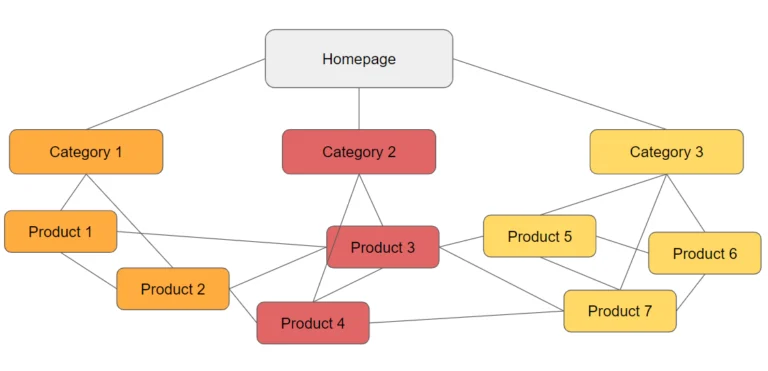
Internal Linking Among Product and Category Pages
This not only distributes link equity but also guides crawlers in understanding topic clusters and relationships. Create a web of meaning rather than isolated silos.
When content is internally linked to other relevant assets, Google is better able to surface the right page in dynamic placements like PASF, especially when the user journey shifts from one facet of a topic to another.
Strategy 8: Analyze PASF Terms of Competitors
Competitor SERP analysis can reveal which PASF entries they trigger and why. Use tools like Ahrefs, Semrush, or manual incognito searches to review “People Also Search For” boxes triggered by competing content.
Evaluate whether their pages address broader themes, use semantic language, or offer more comprehensive topical coverage. Identify patterns and adjust your own content to target similar query sets or semantic angles.
If a competitor consistently appears in PASF suggestions for your niche, reverse-engineering their structure, keyword usage, and depth of coverage can highlight what Google associates with follow-up searches.
Strategy 9: Update Content Regularly with New Queries
Stagnant content rarely performs well in dynamic SERP placements like PASF. Regularly updating key pages ensures that emerging user intent and trending queries are addressed.
Why You Should Update Existing Pages on your Site
Monitor changes in related search terms using Google Trends or the “Searches related to” section. Incorporate new subheadings, FAQs, and examples that align with evolving semantic patterns.
This ongoing refinement signals freshness and continued relevance (two critical metrics for PASF inclusion), particularly in rapidly changing industries or seasonal markets.
Strategy 10: Leverage Video or Visual Content for Engagement
High user engagement correlates with increased visibility in PASF and related SERP features. Embedding multimedia elements like explainer videos, infographics, or custom diagrams can increase dwell time and reduce bounce rate.
Ensure videos are well-captioned, contextually integrated, and optimized with schema (e.g., VideoObject markup). Alt-text and descriptive file names also help search engines interpret non-text content.
Interactive elements often lead users to stay longer and click deeper. It sends behavioral signals that Google may interpret as topical satisfaction, leading to increased secondary search visibility.
Strategy 11: Monitor Search Console and User Behavior
Google Search Console provides granular insight into which queries drive impressions and clicks. Use this data to identify partial matches and long-tail terms that may lead users to explore PASF entries.
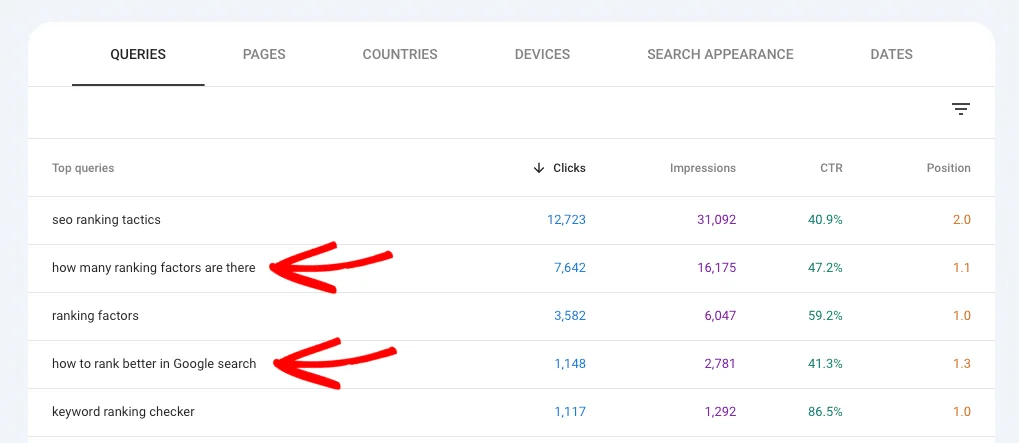
Analyze click-through rate fluctuations, bounce rate, and time on page using tools like Google Analytics. Look for signs that indicate curiosity beyond the initial keyword.
These behavioral patterns often mirror PASF pathways. Tracking and aligning content to reflect real user journeys allows you to anticipate follow-up searches and preemptively position your content accordingly.
Tools to Help You Track and Optimize for PASF
While PASF is not directly accessible through a standalone tool, various SEO platforms can assist in tracking relevant user behavior and optimizing your content for inclusion. Below are tools that can play a pivotal role in this strategy:
- Google Search Console: Reveals queries that bring traffic to your site and how those terms evolve. Useful for identifying opportunities to enrich content and intercept secondary intent.
- Semrush or Ahrefs: Provides data on keyword variations, related searches, and competitor visibility. You can often spot which keywords lead to PASF boxes by analyzing trends and overlaps.
- Surfer SEO: Helps optimize content structure and relevance based on SERP benchmarking. Great for ensuring topically aligned updates that support follow-up query visibility.
- Google Trends: Tracks rising search interest and related terms over time. It aids in identifying emerging query clusters suitable for content refreshes and semantic inclusion.
- Screaming Frog: Ideal for technical audits to ensure schema, title tags, and internal links are implemented cleanly, factors that indirectly influence PASF performance.
Other SERP Features You Should Know About
Understanding related SERP features is essential to gain comprehensive visibility in modern search results. Many of these features are algorithmically tied to semantic relevance, authority, and user engagement, just like PASF.
Here’s a breakdown of key features every business should track:
- People Also Ask (PAA): A dynamic box displaying follow-up questions. Answering these within your content can increase your chances of visibility in multiple SERP placements.
- Popular Products: Especially relevant for eCommerce, this feature showcases individual items with prices, reviews, and availability, usually pulled from product schema and merchant feeds.
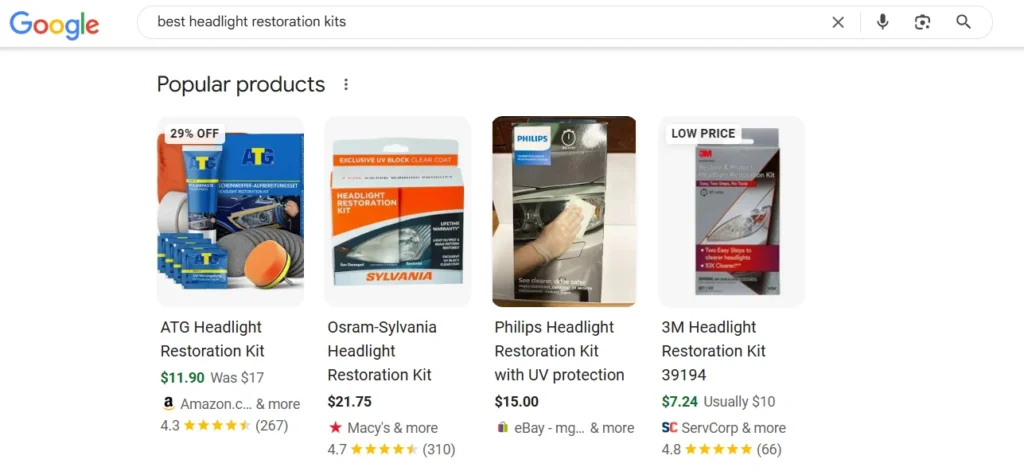
- What People Are Saying: A sentiment-based aggregation often appearing for brands and public figures. It uses structured data and reviews from trusted sources to display real-time public opinion.
- Explore Brands: Typically shown for broad product categories or brand-related queries. Optimizing brand profile pages and external citations helps qualify your business for inclusion.
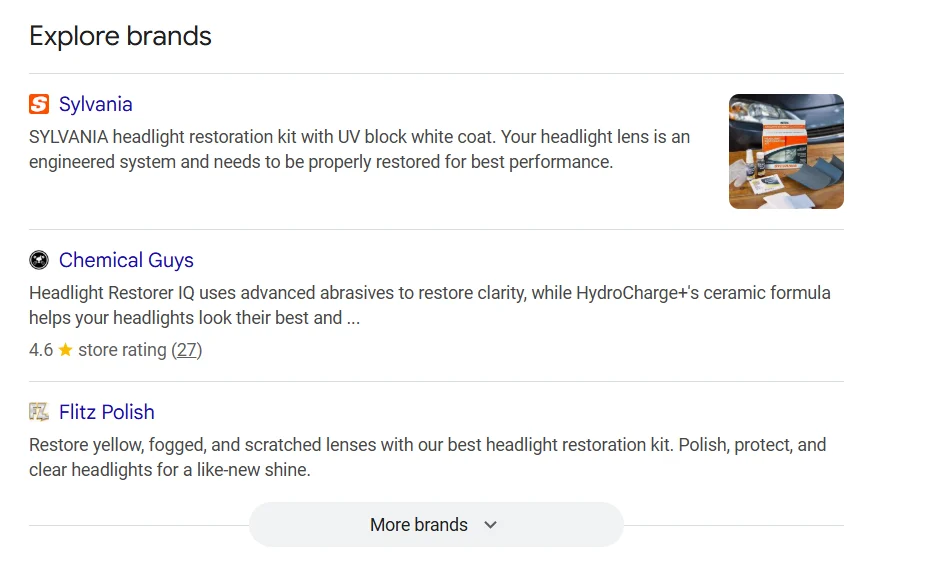
- Images and Videos Carousel: Visual content earns dedicated placements if optimized with relevant tags, structured data, and high engagement. Multimedia-rich pages often see better SERP coverage.

- People Also Buy From: A purchase-intent feature seen in retail and B2B niches, often populated via Google Merchant Center, shopping behavior signals, and affiliate platforms.
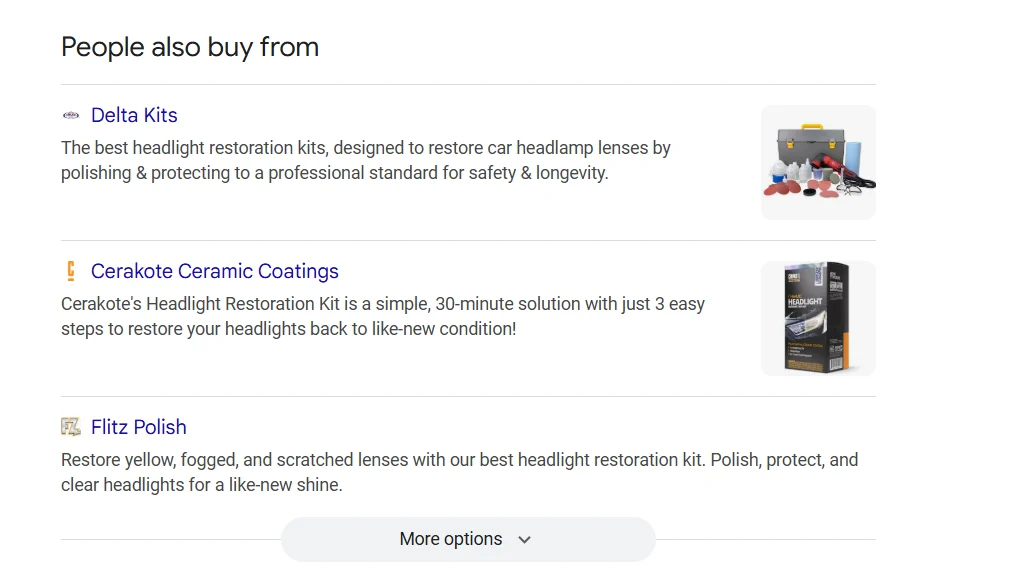
- AI Overview (With ‘Learn More’): Google’s generative AI feature surfaces condensed summaries with linked sources. Earning visibility here demands authority, depth, and clear contextual markup.
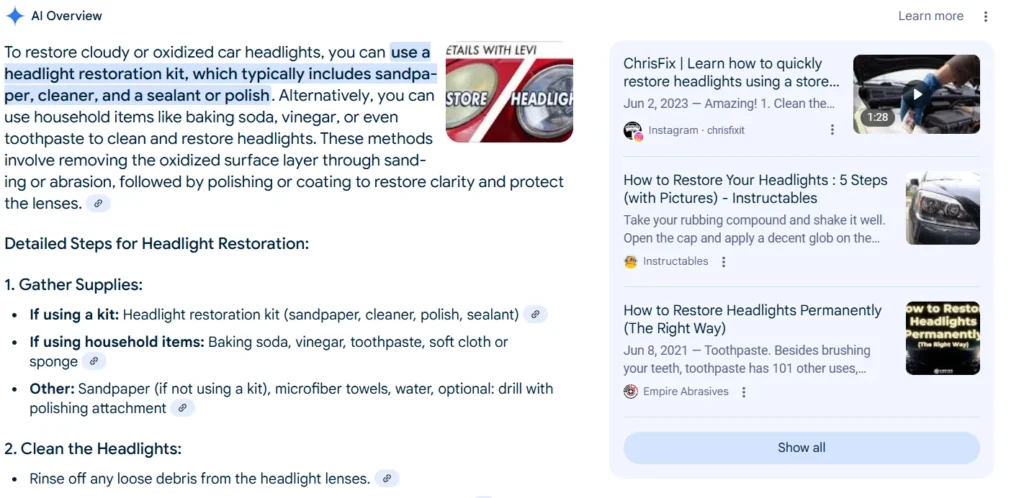
Maximizing visibility across these SERP modules can provide multifaceted exposure, beyond just PASF or standard blue links.
Common Mistakes to Avoid
Many businesses undermine their PASF strategy due to overlooked technical or content errors. Avoid the following pitfalls:
- Focusing only on primary keywords while ignoring search intent evolution.
- Ignoring structured data, which reduces eligibility for rich snippets and related boxes.
- Using thin or outdated content that fails to address secondary or semantic queries.
- Neglecting engagement signals like time on page and click-through behavior.
- Forgetting to analyze competitor SERPs and PASF trends regularly.
Consistent auditing and adaptation are essential to stay aligned with Google’s evolving algorithms.
Conclusion and Final Tips
PASF is not a is an extension of Google’s understanding of user intent. By optimizing for semantic depth, UX signals, and structural clarity, businesses can significantly improve their secondary search visibility.
Treat PASF as an opportunity to capture interest after the first click, and turn curiosity into conversion.


